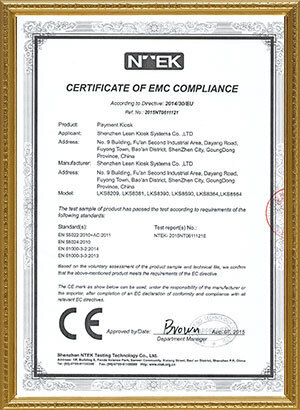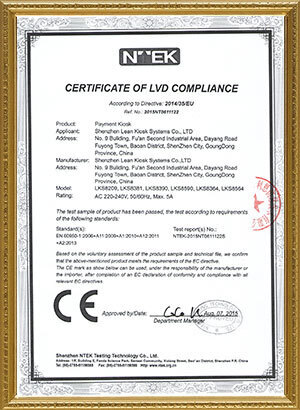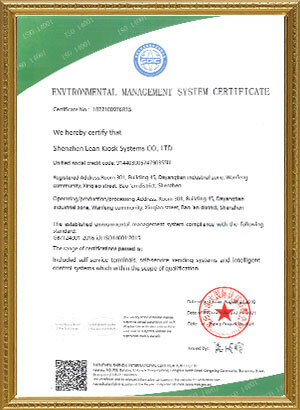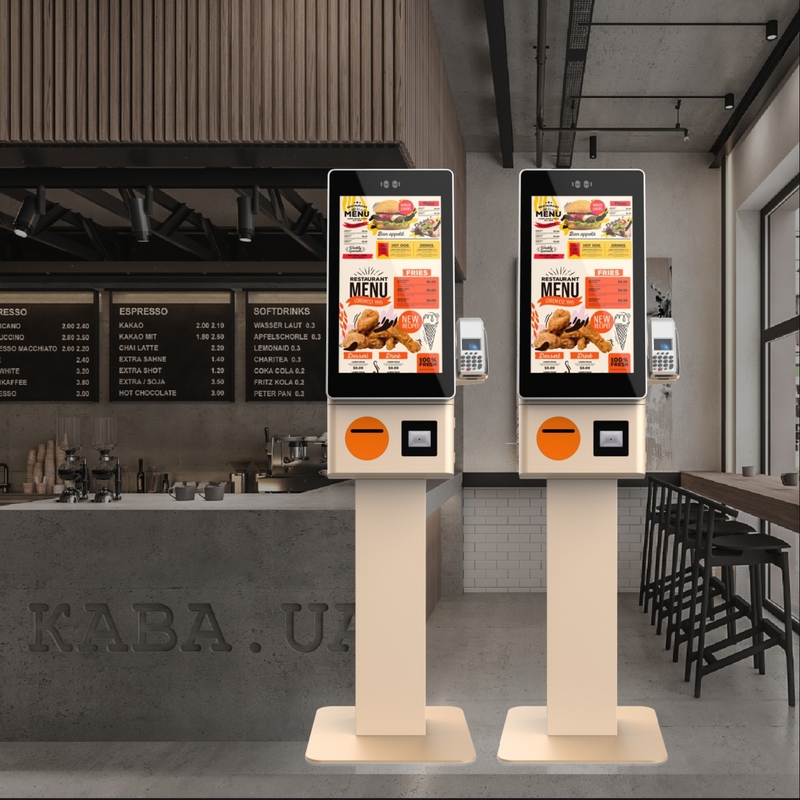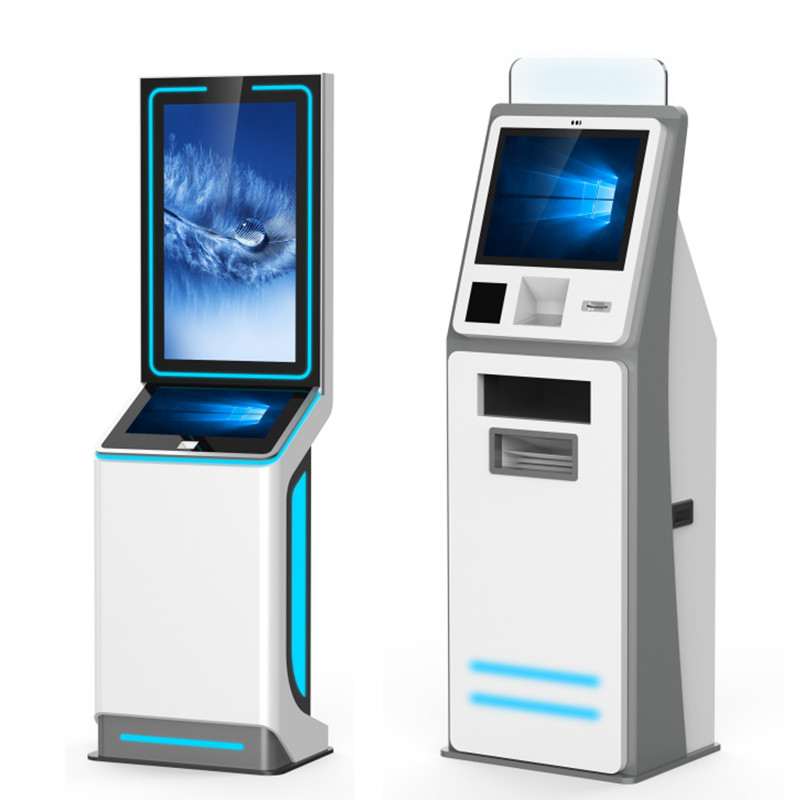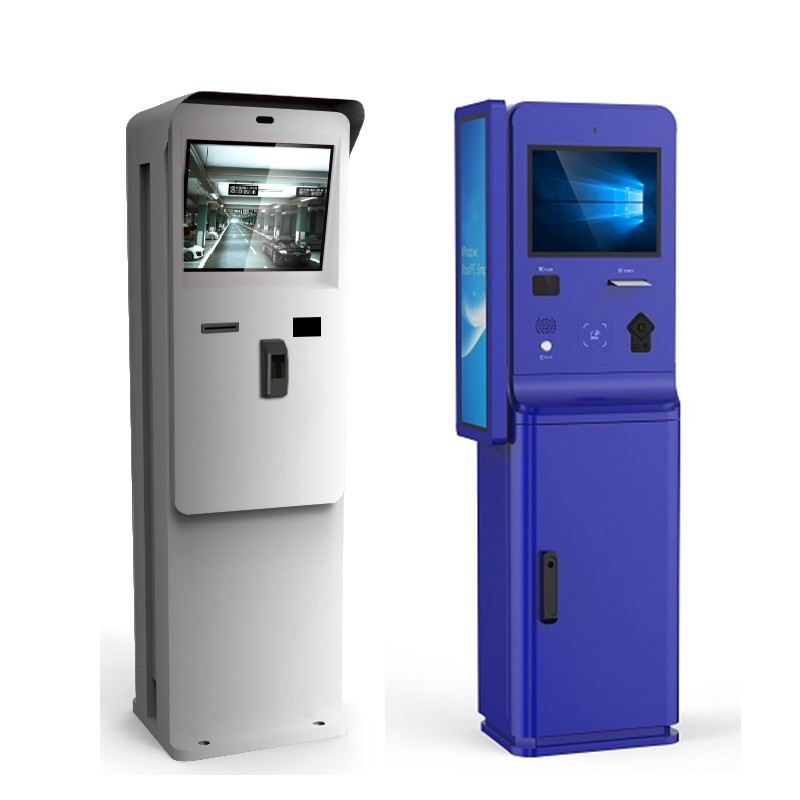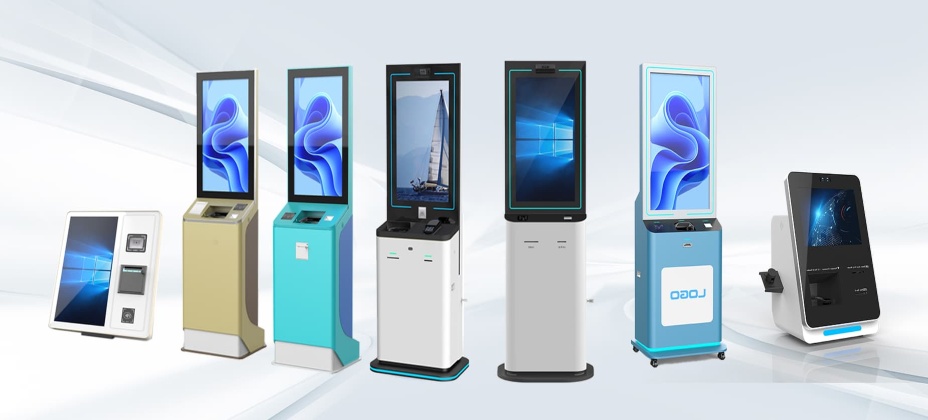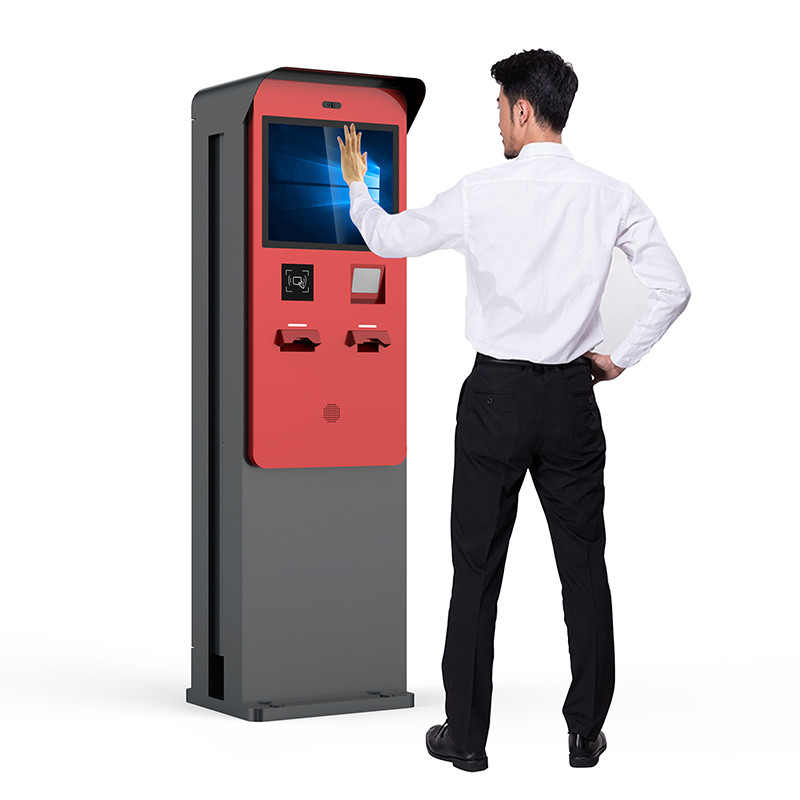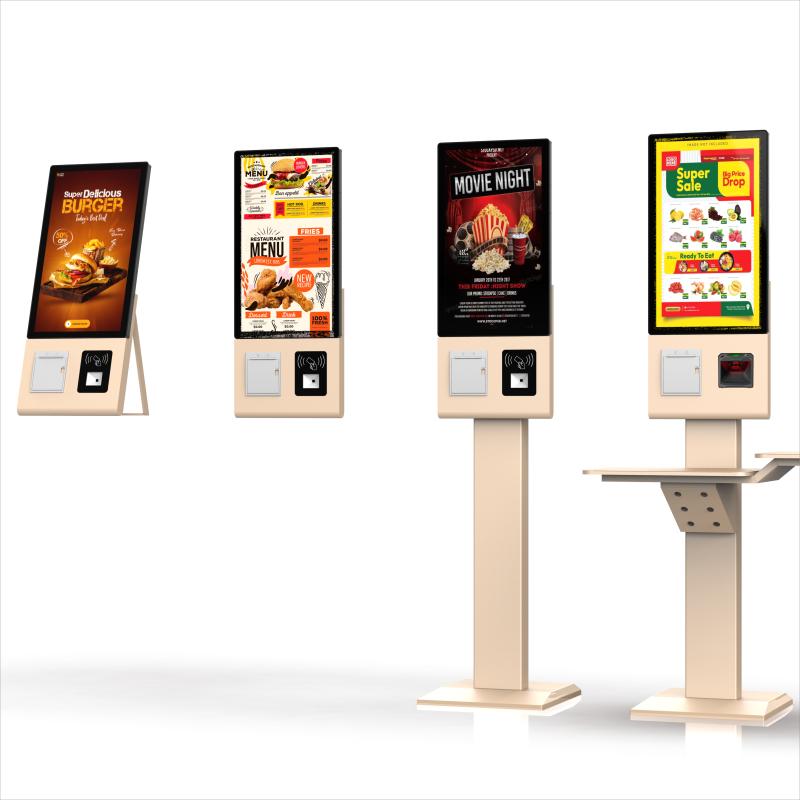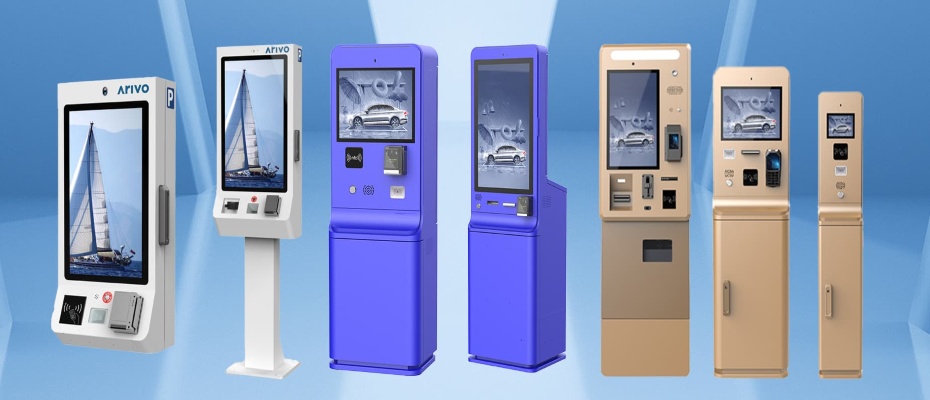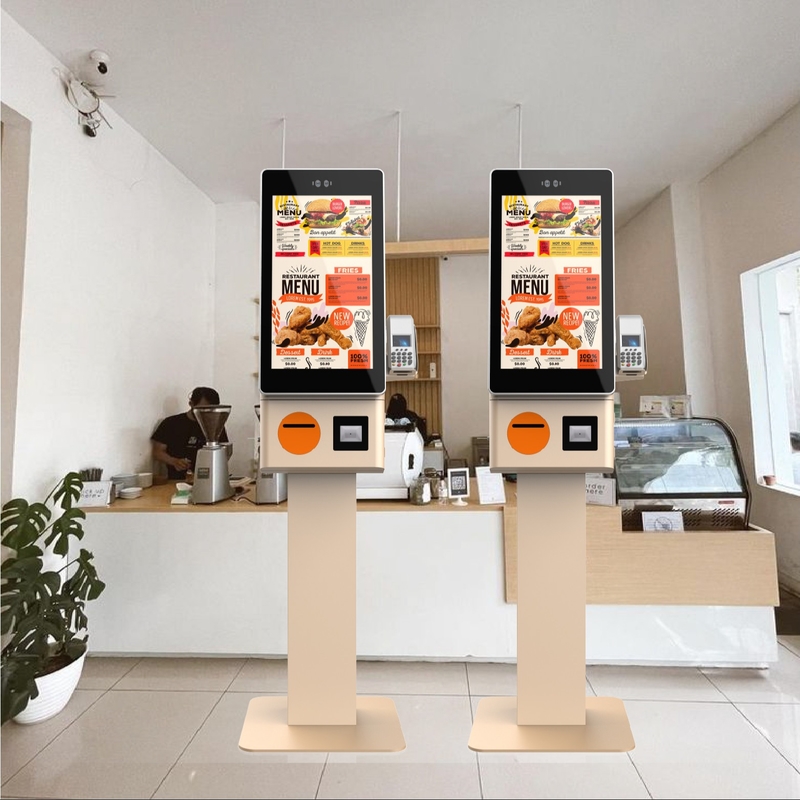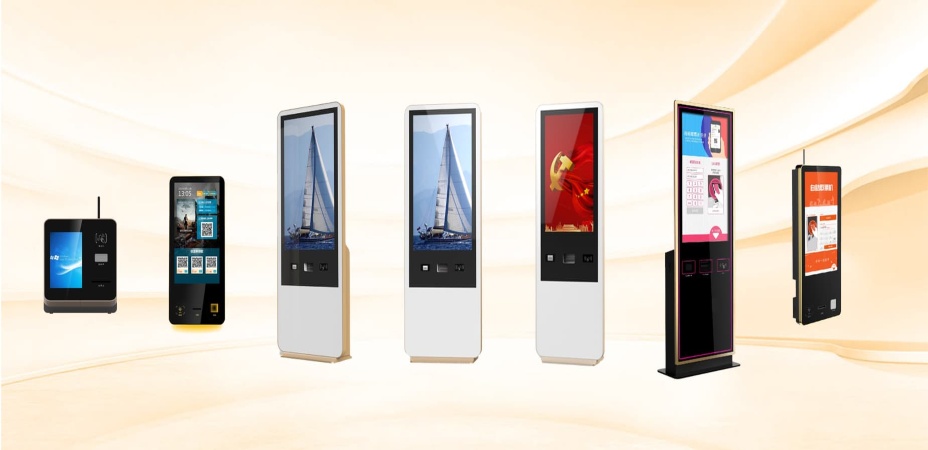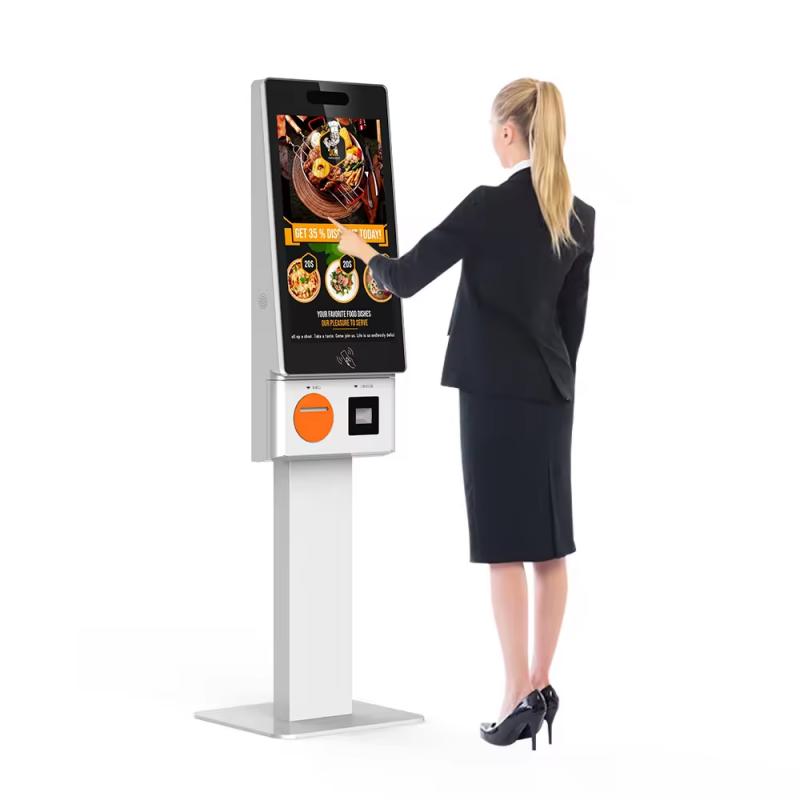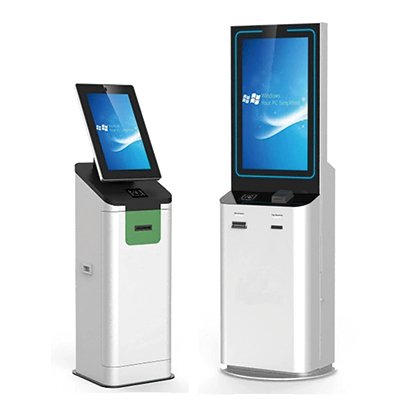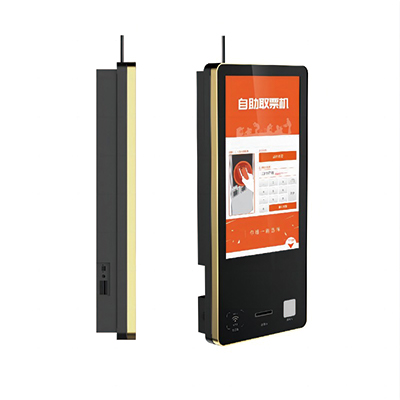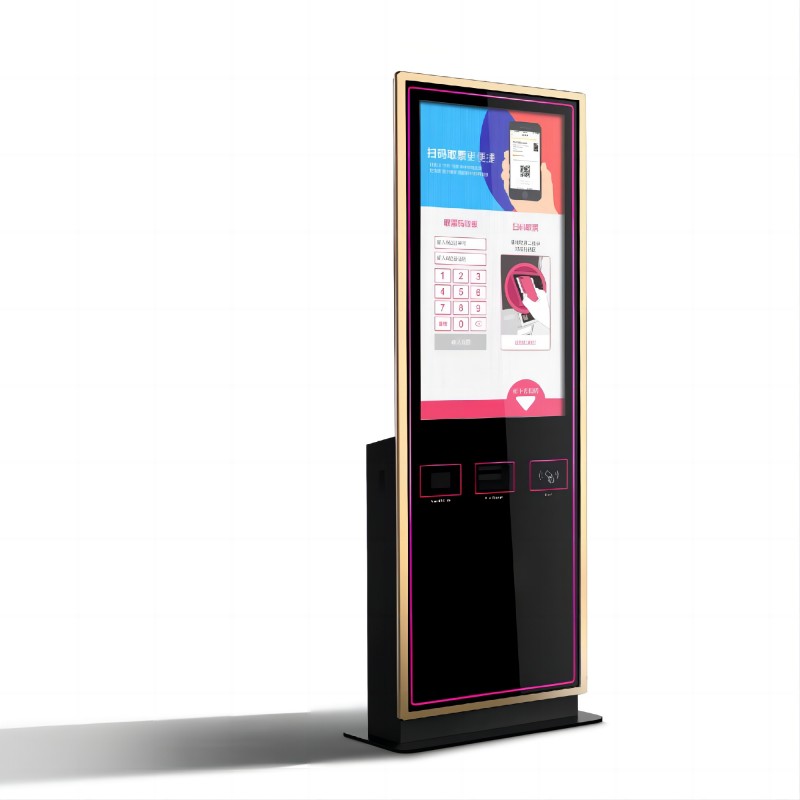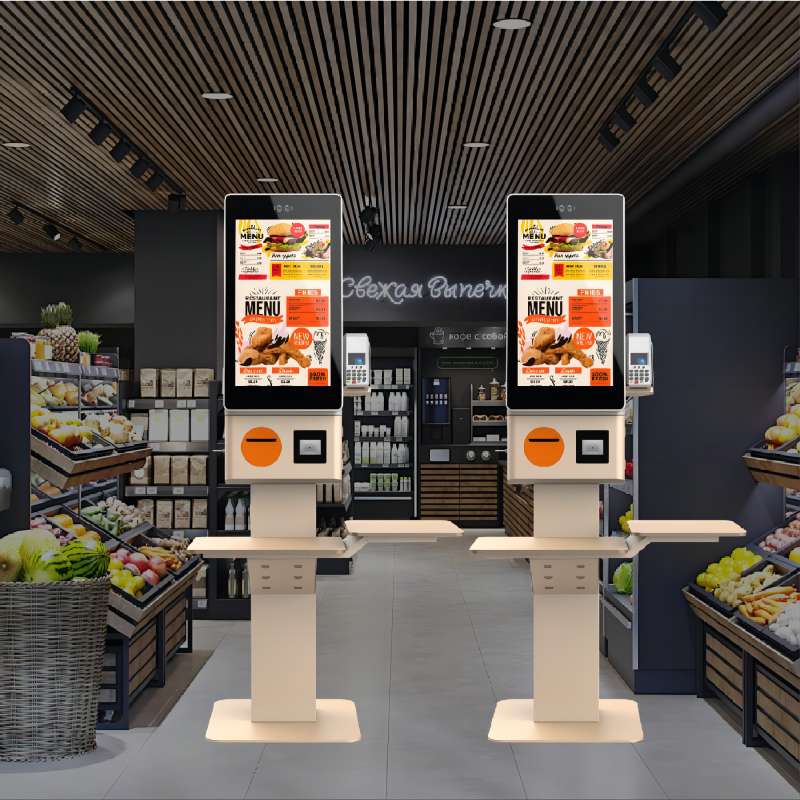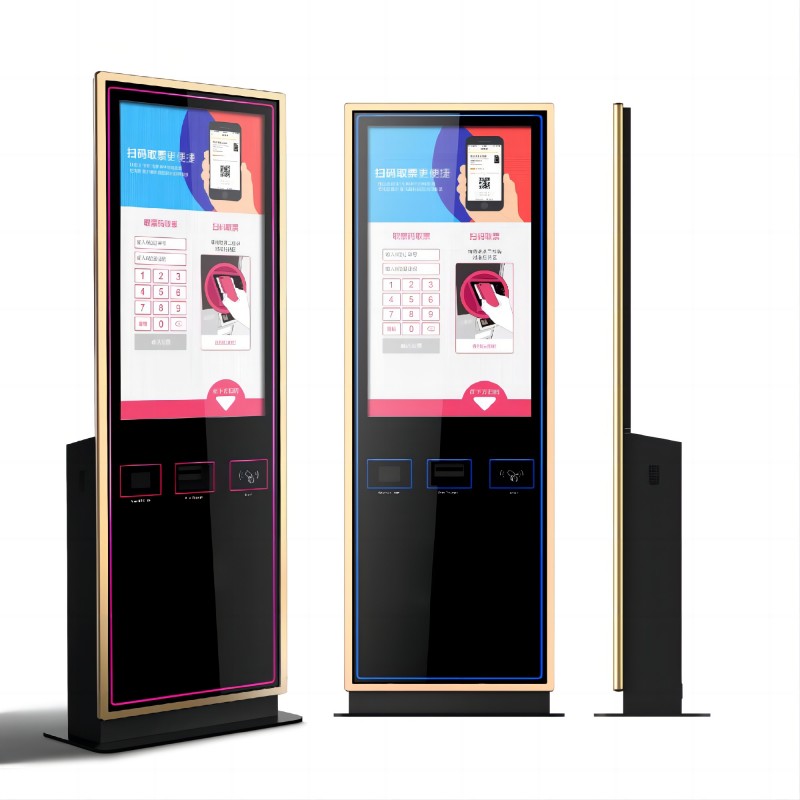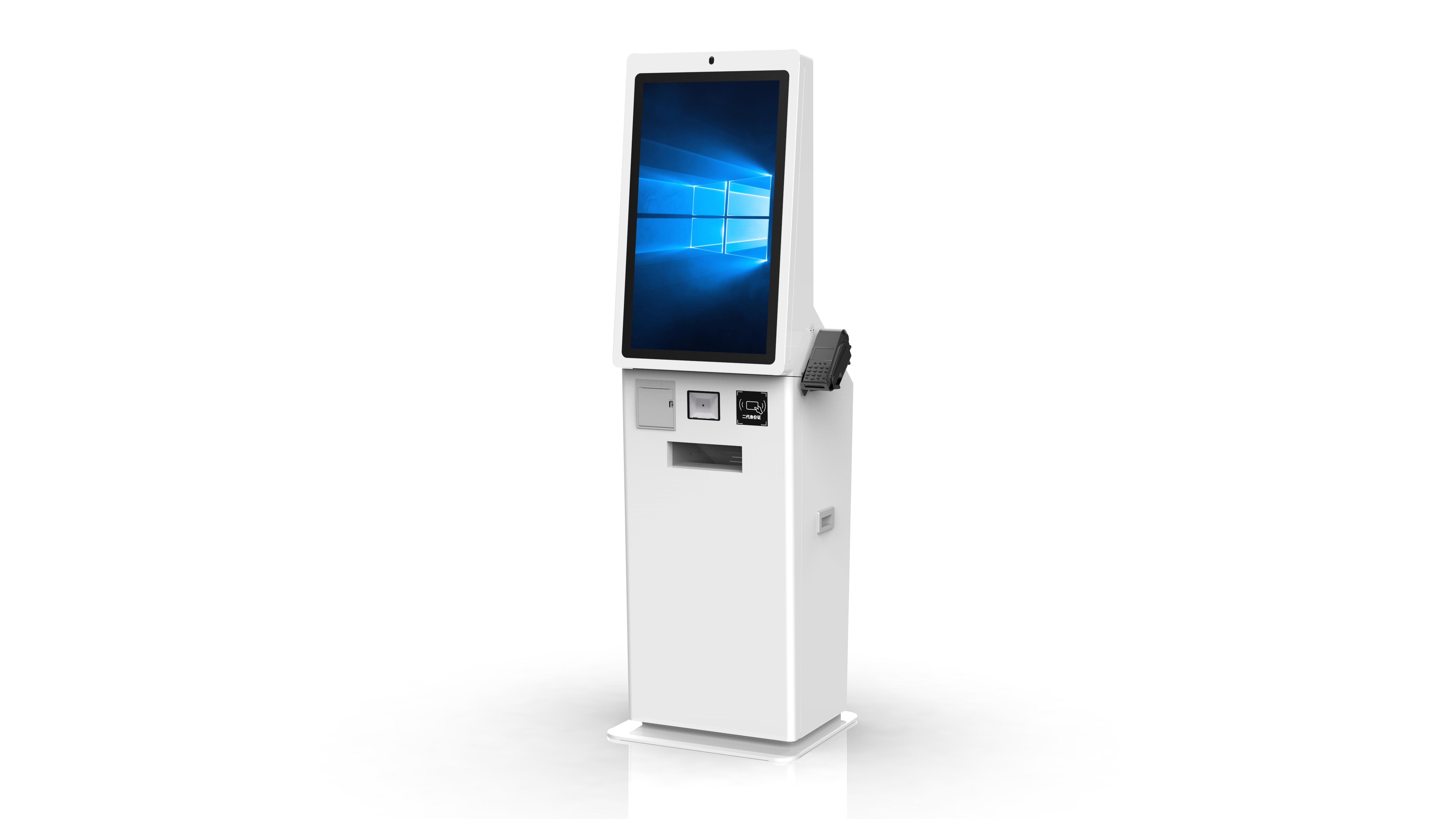Introduction
Kiosks have become an integral part of our daily lives, offering convenient solutions in various settings from restaurants to airports. These self-service machines are designed to enhance efficiency, reduce wait times, and improve the overall customer experience. But what is a kiosk? A kiosk is a self-service machine that allows users to complete various transactions or access information without human assistance. In this article, we will explore the different types of kiosks, how they work, their benefits, and applications across various industries.
What is a kiosk
What kiosk is: kiosk definition and meaning
A kiosk is a self service machine designed to facilitate transactions, provide information, or enhance customer engagement in various public settings. Typically featuring a touchscreen interface, kiosks enable users to perform tasks such as ordering food, making payments, checking in for flights, or accessing information. They are commonly found in places like restaurants, airports, malls, and hospitals. Kiosks improve operational efficiency by reducing wait times and minimizing the need for staff assistance, allowing businesses to enhance the customer experience. Their versatility and user-friendly design make them increasingly popular across multiple industries.
Kiosk is show in a video
Below is a video overview of kiosk, Here, I will use a video to deepen your intuitive understanding of what is a kiosk and what kiosk is. Through the video, you can see what kind of machine a kiosk is, how it works, the styles and designs available, and their efficiency.









